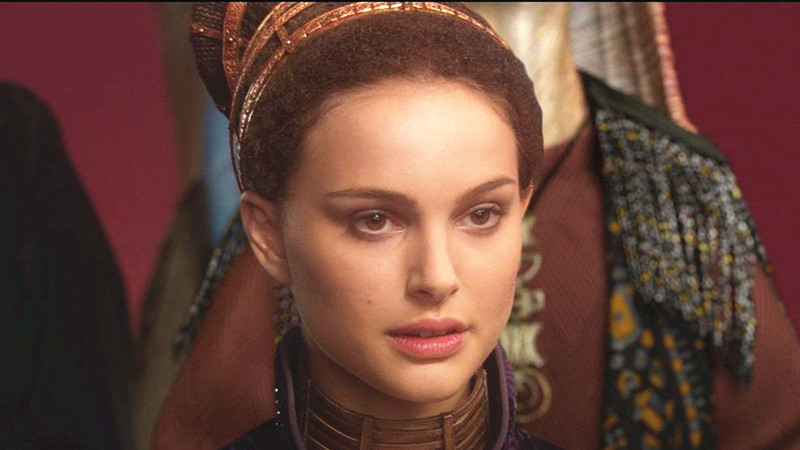
In mid-September this year, the website “Medium” published a study by Yves Bergquist, the director of the Data and Analytics Project at the University of Southern California’s Entertainment Technology Center. The research was about the relationship between a movie’s critical reception and box office gains, and analyzed data from just the 21st century.
The results were both expected and unexpected; there was no correlation between the two. For years, critics have been lambasted as an outdated entity in the world of cinema. Whether or not that is true remains up for debate, but the truth is audiences and word of mouth play a larger role in the popularity of a movie and/or its series.
Thus, we at Taste of Cinema have compiled a list of 10 films that smashed the box office despite receiving a critical pounding. Let’s take a look.
1. Striptease (1996)
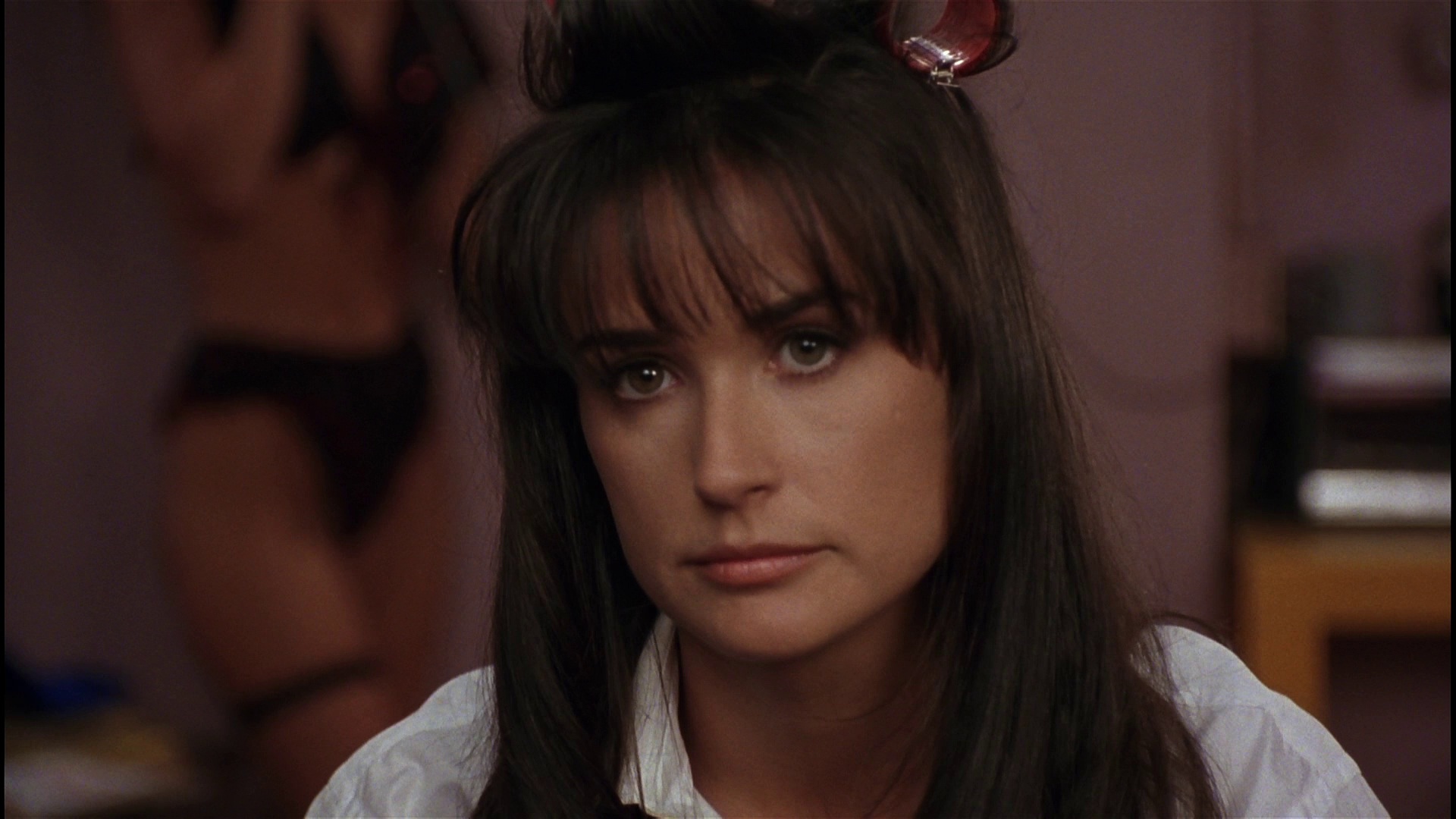
Perhaps the first sign that a movie is going to be bad is when its main marketing appeal is getting to see an A-list star nude. Yes, Demi Moore had been a big draw since “About Last Night…” in 1986, followed by starring roles in the acclaimed movies “Ghost” and “A Few Good Men.”
But “Striptease,” in spite of providing her with a large sum of money, also marked the beginning of the end for her esteemed filmography. Most of the problems came from the screenplay by writer/director Andrew Bergman, who was surprisingly one of the key minds behind Mel Brook’s comedy masterpiece “Blazing Saddles.”
Bergman had no understanding about the psychology/experiences of a stripper or the inner workings of a strip club, and thus settled for stereotypical story involving a broke mother doing it to get back her daughter until she gets wrapped up in a political scandal (essentially a worse version of 1997’s “Boogie Nights”).
While not as bad as “Showgirls,” “Striptease” was still a disappointment, and received negative reviews across the board. Despite this, Moore ended up being enough of a draw to win big at the foreign box office, bringing the R-rated film’s total gross to more than $100 million.
2. The Fast and the Furious
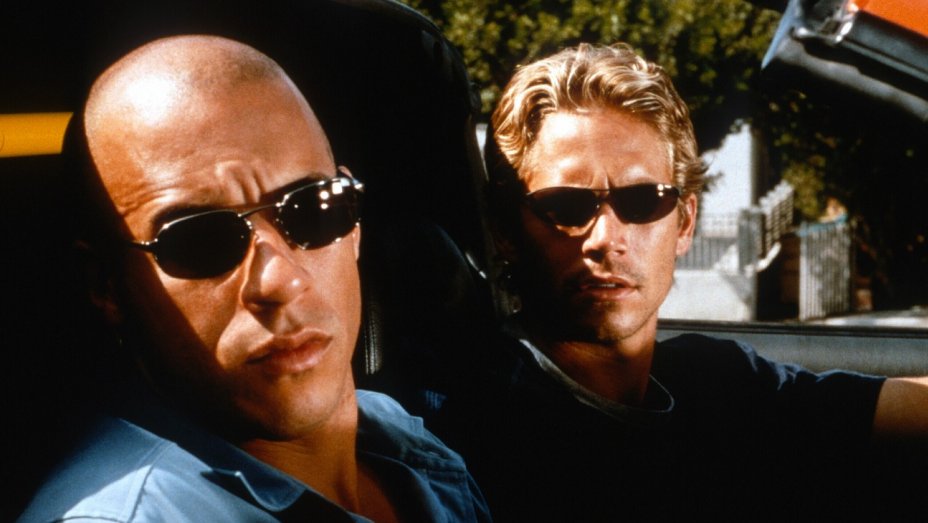
“The Fast and Furious” has grown into a monstrosity, expanding beyond its typical summer blockbuster roots to become one of the most profitable franchises in the history of cinema. At eight entries and counting, it seems clear that moviegoers love these films enough to keep supporting them.
Critics have gotten on board as well starting with “Fast Five,” which received a 77 percent on Rotten Tomatoes. But things were not always like that. In fact, going back to the origins of this series provides a very glum outlook.
The original “Fast and the Furious” in 2001 was what you would expect from a film advertising itself as a high-octane street racing movie: beautiful girls, even more beautiful cars, and ripped men spouting cool one-liners all under a neon darkness.
It made for the perfect popcorn movie, but the lack of depth and clear homages to exploitation flicks of the past meant that it could be nothing more than a guilty pleasure.
3. Star Wars: Episode II – Attack of the Clones
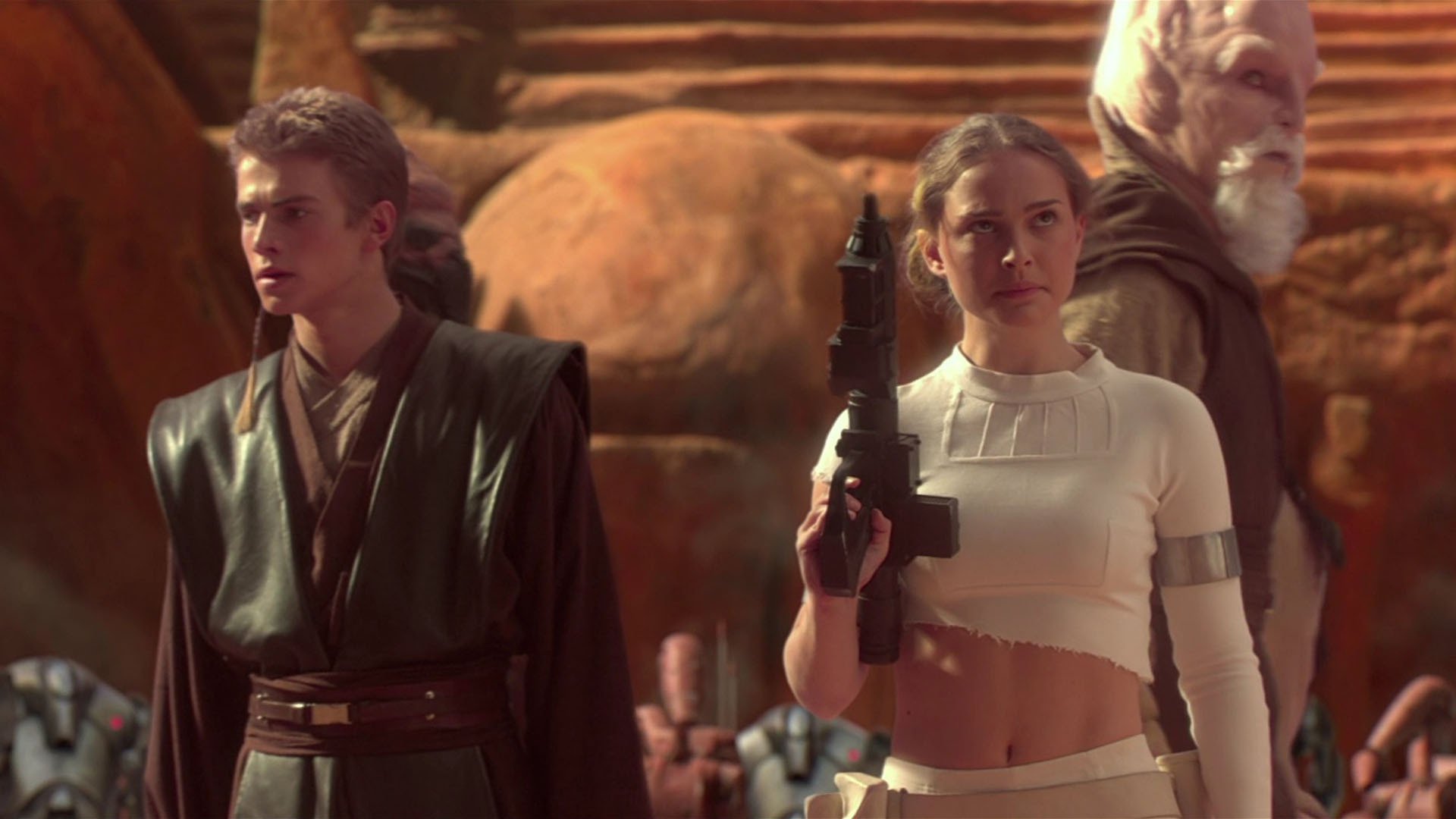
Okay, we know it is easy to pick on the Star Wars prequel trilogy. These movies have been torn apart so many times that to hate them is to jump on a clichéd bandwagon at this point. But the fact of the matter is there are legitimate criticisms, and the films managed to make money in spite of said criticisms.
The first, “The Phantom Menace,” hit over $1 billion (with the addition of the 3D re-release), and we can somewhat understand this. It was the first Star Wars movie in awhile, had great marketing, and featured excellent performances from Liam Neeson, Ewan McGregor and Ray Park.
On the other hand, the second episode, “Attack of the Clones,” failed in many regards. There was the misplaced casting of Hayden Christensen as young Anakin Skywalker/Darth Vader, the poorly developed romance between him and Padme (Natalie Portman), and the overuse of CGI which, while groundbreaking at the time, has not aged well.
Regardless of these flaws, the film hit a stride with audiences, launching its revenue to more $600 million; the lowest in the series, but still a success.
4. The Resident Evil series
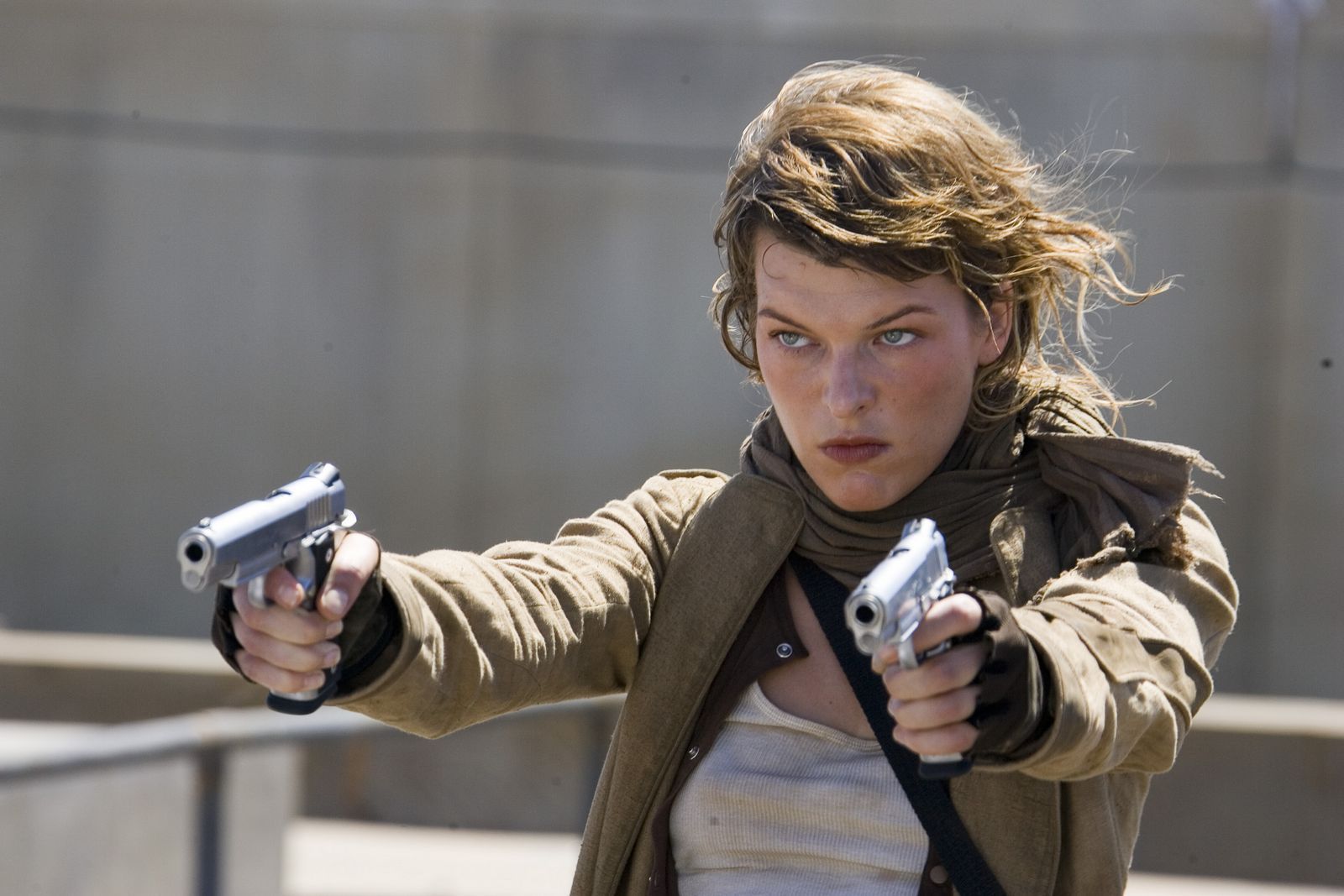
When the horror video game genre made the transition to 3D polygons, there were two franchises in particular that helped establish it as a perennial classic: “Silent Hill” and “Resident Evil.” The former showcased how a fragile atmosphere could instill genuine terror in players, while the latter focused on claustrophobic environments that subverted the action horror tropes of the day.
Unfortunately, the eponymous movie adaptations of the “Resident Evil” games have not shown a single bit of the intelligence that the games had. Focusing instead on sexing up Milla Jovovich and placing her in situations that are logically insane even by zombie standards, each entry of “Resident Evil” has opted to throw away the mythology of the games in favor of a generic monster storyline.
And yet, they have all made money, indicating that fan ire means nothing in the face of popcorn entertainment…
5. A Good Day to Die Hard
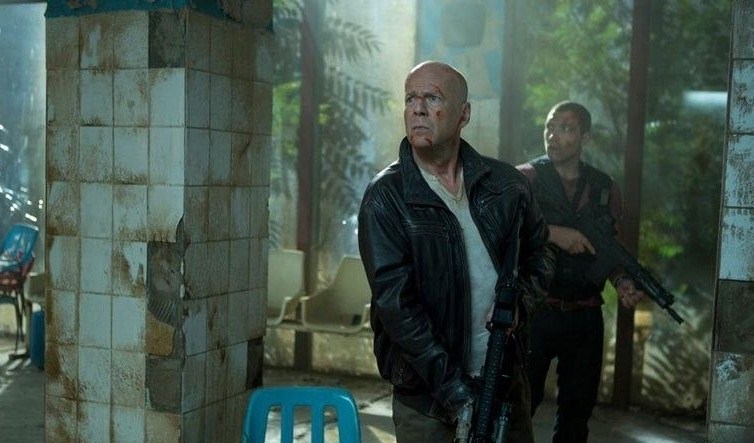
To this day, the original “Die Hard” is often considered a Christmas classic. Featuring the then-TV actor Bruce Willis as a police officer named John McClane, “Die Hard” gained fame for not treating Willis’s character like an 80’s action hero, instead portraying him as a relatable person with real life problems and limits as he faces off against a group of terrorists.
The universal success of “Die Hard” ensured that sequels were made, starting with the mediocre “Die Harder” in 1990, the buddy cop tag along “Die Hard with a Vengeance” in 1995, and the surprisingly enjoyable “Live Free or Die Hard” in 2004.
Rather than ending the series with some dignity, Willis and company decided it best to resurrect the character for yet another increasingly preposterous adventure, thus creating “A Good Day to Die Hard” in 2013. Having McClane visit Russia to reconnect with his estranged son would be one thing, but throw in a “save the entire world” scenario reminiscent of the “Mission: Impossible” franchise, and one can see just how far this series has strayed from its roots.
If there is one thing “A Good Day to Die Hard” proved, it was that the “Die Hard” brand still has some value left as the film grossed more than $300 million.